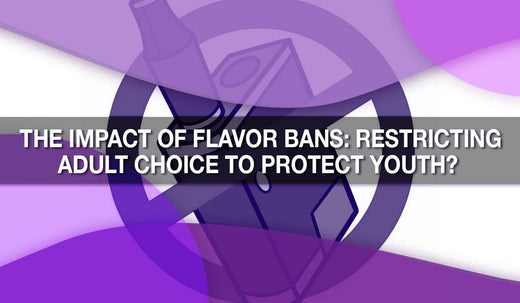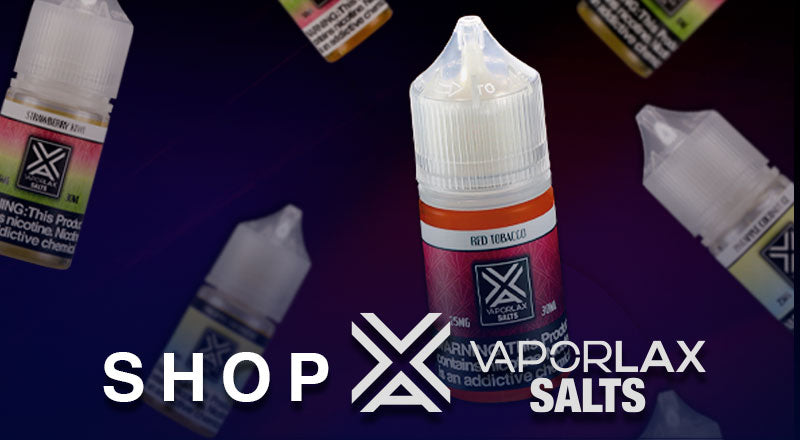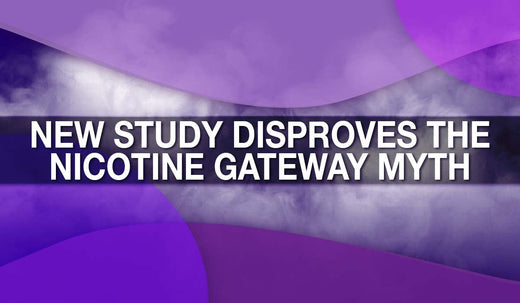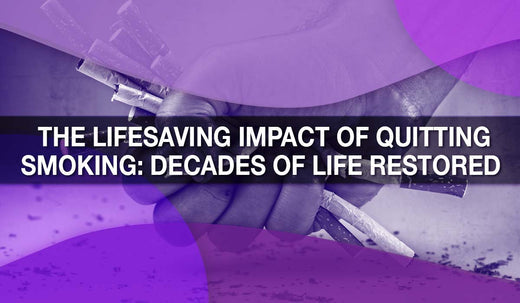
The Impact of Flavor Bans: Restricting Adult Choice to Protect Youth?
A recent study published in JAMA Network Open has shed new light on the impact of flavor bans on electronic nicotine delivery systems (ENDS), such as vapes. While flavor prohibition is often touted as a necessary measure to curb youth vaping, the study highlights an often-overlooked consequence: restricting flavors severely constrains product choice for adult vapers, the vast majority of whom use flavored products as a smoking alternative.
The research estimates that for every youth vaper potentially affected by flavor restrictions, 5.6 ever-smoking adults—individuals who have previously smoked—would face a severely limited product selection. This finding underscores a critical challenge: balancing youth prevention efforts with strategies for adults seeking alternatives to combustible cigarettes.
Flavors: A Critical Component for Adult Smokers
The study analyzed data from three demographic groups:
-
10,650 youths (under 18)
-
10,310 young adults (18-24)
-
13,344 adults (25 and older)
The results revealed a striking trend:
-
98.3% of youth vapers reported using flavored ENDS.
-
96.9% of young adults also used flavored products.
-
Most importantly, 90.2% of adults who vaped in the past 30 days also used flavored products.
It is significant that the overwhelming majority of adult vapers—90%—rely on flavored ENDS. For adults who are former smokers or trying to quit combustible cigarettes, flavors may play a pivotal role in making the transition to vaping more sustainable.
The Trade-Off: Adult Access vs. Youth Prevention
The study's key finding—5.6 adults for every youth affected—demonstrates the disproportionate effect flavor bans could have on adult vapers. For many adults, flavored vapes are not just a preference but an alternative to smoking.
Smoking remains the leading cause of preventable death worldwide, with millions suffering from smoking-related diseases like lung cancer and heart disease. Switching to vaping, which eliminates the harmful combustion process, significantly reduces exposure to toxic chemicals. For former smokers, the availability of flavors helps to make this transition away from cigarettes permanent, reducing the temptation to relapse.
However, a blanket ban on flavored products could inadvertently push adult vapers back to smoking—an outcome at odds with public health goals.
A Balanced Approach to Regulation
The findings highlight the need for a balanced, evidence-based approach to ENDS regulation. While protecting youth from nicotine addiction is undeniably important, policymakers must also consider the unintended consequences for adult smokers who rely on flavored products.
Possible solutions include:
-
Strict Access Controls: Implementing stronger age verification measures to prevent underage sales while preserving access for adults.
-
Targeted Education: Focusing on youth prevention campaigns that highlight the risks of nicotine use without demonizing nicotine alternatives for adults.
-
Flavored Alternatives for Adults: Allowing regulated access to flavored products specifically for adult consumers through licensed channels.
By focusing on enforcement rather than prohibition, regulators can strike a balance that prioritizes youth prevention while supporting adult harm reduction.
The Bigger Picture
This study is part of a growing body of evidence that shows flavored vaping products play a critical role. Restricting flavors may unintentionally harm public health efforts by limiting the tools available for adult nicotine consumers.
Policymakers must recognize that vaping is not a monolithic issue. For youth, it may present a risk; for adults, it is a potentially lifesaving alternative. By acknowledging these distinctions and adopting a nuanced regulatory approach, it’s possible to protect youth while still supporting access for millions of adult smokers.
Conclusion
The study's findings provide a stark reminder: flavor bans are not without consequences. For every youth potentially impacted by such policies, 5.6 adults—many of whom are trying to stay avoid combustible tobacco products—would face restricted options. With 90% of adult vapers relying on flavored products, blanket prohibitions risk undermining the significant progress made in reducing smoking rates.
As the debate over vaping regulation continues, policymakers must weigh the trade-offs carefully. Protecting youth and preserving adult access to harm reduction tools are not mutually exclusive goals, but achieving both will require a thoughtful and balanced approach.
For more details on the study, visit JAMA Network Open.









Leave a comment
This site is protected by hCaptcha and the hCaptcha Privacy Policy and Terms of Service apply.